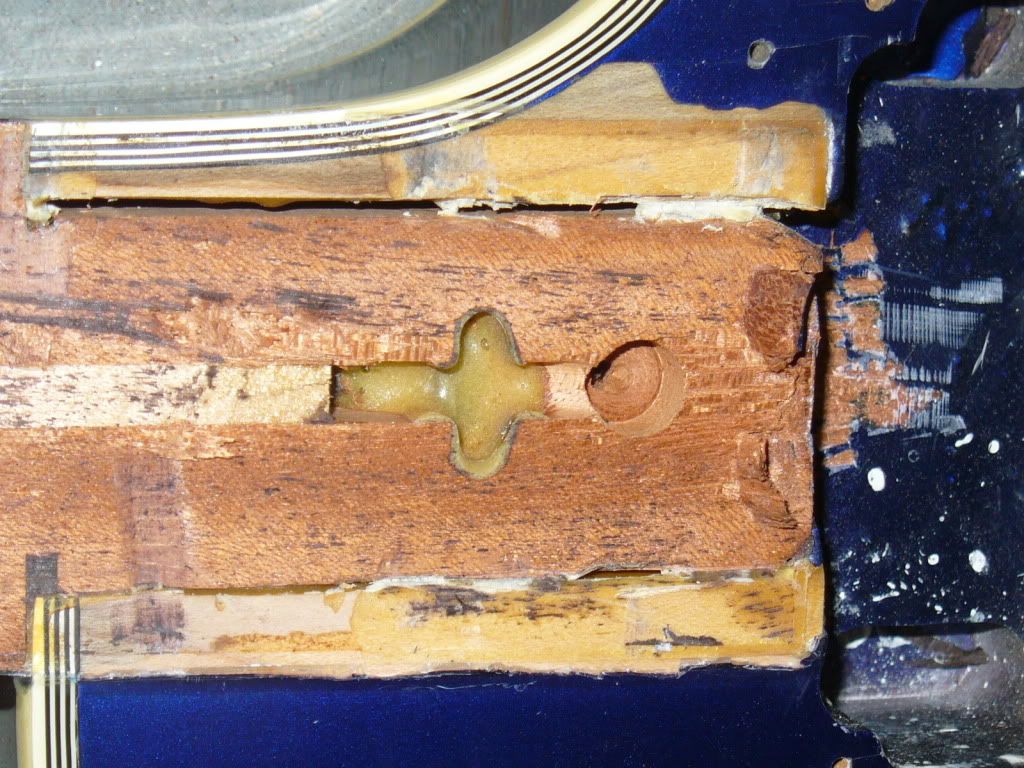duff
Well-known member
On the 59's it's the same thing, it's called holly veneer. Gibson has always done this. Holly is almost grainless, no grainfiller needed, and very easy to paint.
It's thicker on your burny, but it's the same principle.
It surprises me u don't know this :roll:
It's thicker on your burny, but it's the same principle.
It surprises me u don't know this :roll:




